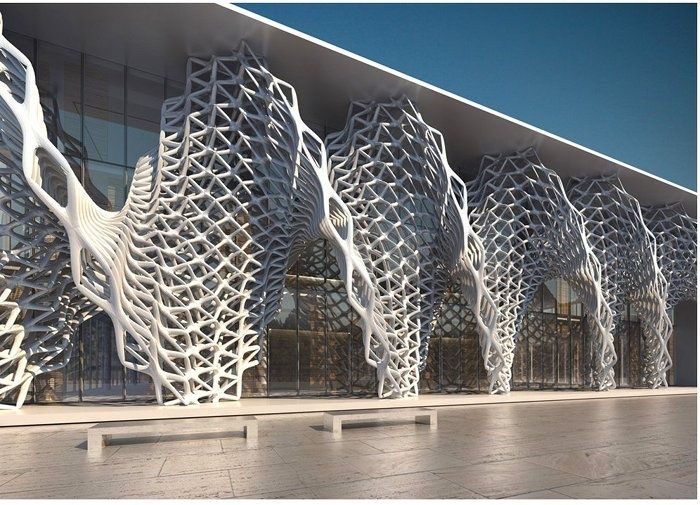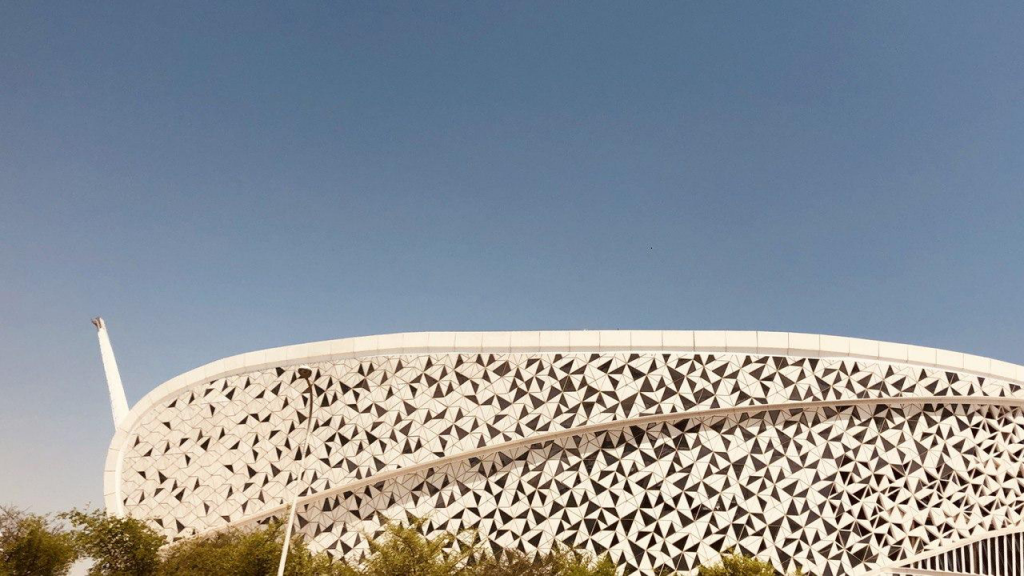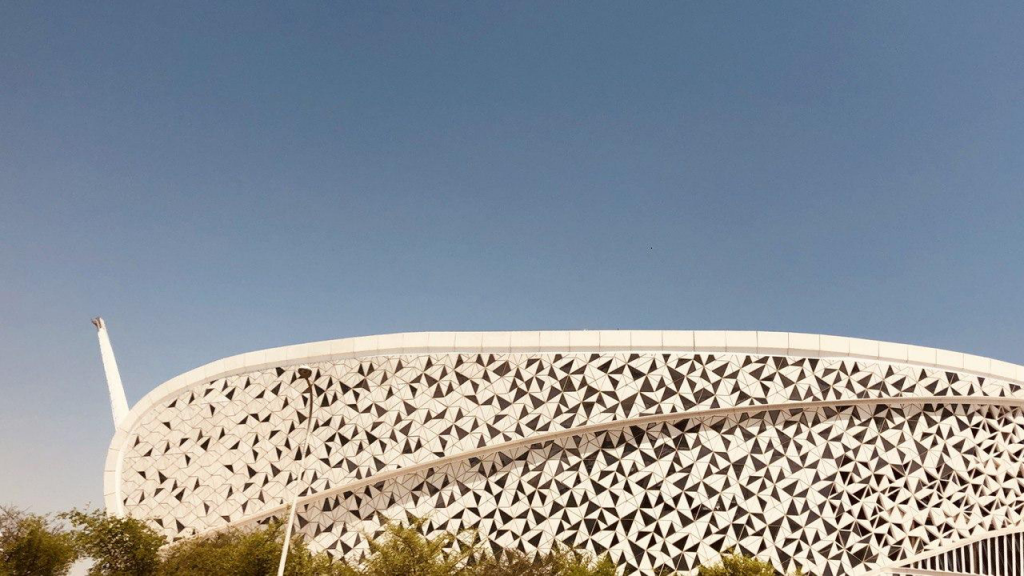
The world of design and architecture is one of problems and solutions. It is a world in which we have to constantly think and come up with solutions for problems that vary on a day-to-day basis. As architects, one of our prime skills is just that, problem-solving, critical thinking, and being innovative. This intuition and creative thinking are what sets the human beings apart as a species. To be human is to think, without it we are, but machines. Here, let’s discuss what’s parametric design and how it influences the construction sector.
With the advent of technology, we witness automation and computerization on a large scale. The world has developed so much in recent times that we have robots serving us food and the entire world of information at our fingertips. Computerization helps us in so many different fields that it is probably easier to name the places where it is not used.
“God is in the details” – Mies Van Der Rohe
The creative process requires intuition. It needs a human mind and the connections and thought processes associated with it, or at least that is what we thought. With the ideology of parametric design, this steadfast rule may crumble in seconds.
Parametricism can take over at least part of the design process. It aids in creating efficient, optimum, and feasible solutions for design problems in minutes, and that is why it will change the world as we know it.

What is Parametric Design?
The idea behind parametricism is a very obvious one. Designers always use parameters in the design. For example in designing a residence for a client, we take into account several parameters such as climate, client behavior and requests, budget, materials to be used, etc. these parameters then define a framework for the design process, it helps us choose from a wide range of solutions.
Before going into the various advantages of parametric design, let us first understand what it is and what it stands for as an ideology. The word ‘parametric’ originated from the Latin word ‘Parametrum’; it is defined as a set of rules and guidelines that govern a system or a process. These parameters are the input we as architects, are meant to provide.
Based on these parameters, the computer will find an optimum solution for the design problem presented to it. The easiest way to explain this process is by using an example of a skyscraper. Tall buildings require wind resistance and structural stability among several other aspects. These are the parameters for the design process.
A person, like me and you thinking about a solution and a structurally stable form for this design problem will be a labor-intensive and time-consuming process. This is where parametric design comes into play. Once the designer gives the input in the form of rules and functions, the output will be fast, efficient, and optimized for maximum utility.
To create, one must first question everything. – Eileen Grey
The success of the parametric design is also this. The design process which will take humans several days is simplified and expedited by computerization and parametricism. This is especially true in the case of the development of forms and structures.
Designers use organic forms as inspiration for forms, but it may be time-consuming and labor-intensive to find specific solutions to new design problems. The computer will use brute-force testing to try out and find the best form to resist moments and stabilize the building. The parameters that define the design can be anything from climate, culture, users, and budget.

Parametric forms are used to solve structural and form-related architectural problems since time immemorial. The beginnings of designing would be architects like Gaudi, whose buildings are anything but ordinary. His solutions to mundane structural issues were the introduction and use of organic forms, arches, and exquisite construction techniques. This is probably why the Sagrada Familia is still under construction, over a century after its design and conceptualization.
The design thinking of people like Antonio Gaudi, and Zaha Hadid, from more recent times, is what gave the masses the idea that organic forms can be used to solve structural and load-related stability issues in architecture.
Influence of Parametric Principles on Designs
The parametric design will make sure every design that the system provides is a unique and perfect solution to the problem at hand. It ensures that even though the design is automated, it does not provide standardized versions of plans and forms, but a varied variety of outputs depending on the streamlines and parameters given to it.
The ever-expanding range of construction techniques and materials of today can also be more effectively and efficiently used with the ideology of parametric design. Hence parametricism and parametric design are not actually a style of architecture; it is a tool for the simplification of the design process. It is much like any other tool we use, the solution we find is greatly dependant on the tools we have at hand. Better the tools at our disposal, the better the output.
As it is an automated machine, it may think of hundreds of solutions in mere seconds that may not occur to a human mind. It helps the designer search for a number of possible outcomes in a short period of time.

Yet, parametric design is not all a cakewalk. One of the main drawbacks of this method of design solution-making is the aspect of non-quantifiable elements that have to be considered in most successful designs. Architecture is not all about a visually appealing organic form. It has several other factors that influence it, such as culture, human behavior, and interaction patterns, societal repercussions, etc.
The most obvious example of these factors is the way a single mall can change the entire urban fabric of a place, influencing everything from traffic and behavior patterns to road use and micro-climactic conditions. This influence and the factors they pose are impossible to represent as numbers and codes. It is a subjective aspect of the human psyche. Therefore, you cannot consider these in developing a parametric design. This is the most obvious and drastic fall of parametricism.
Form follows Function. – Louis Sullivan

Even with this major drawback, parametricism will eventually catch on and become the new standard on a global scale. Perhaps not right now, but it will change the world one design intervention at a time, not just because of its ease of use.
Design is a universal language, and architecture is becoming a global phenomenon at a fast rate. People appreciate art and architecture more and more on a daily basis. Creative solutions are also that much more appreciated by the common man. Aesthetic appeal and design thinking have become a major part of their lives.
Parametric design generation can bridge the gap between design and responsive outputs within half the time required by a human mind. Incorporating parametricism in design will be a necessity of tomorrow, and we need to be open to its innumerable benefits.
What do you think? Please share your thoughts in the comment box!